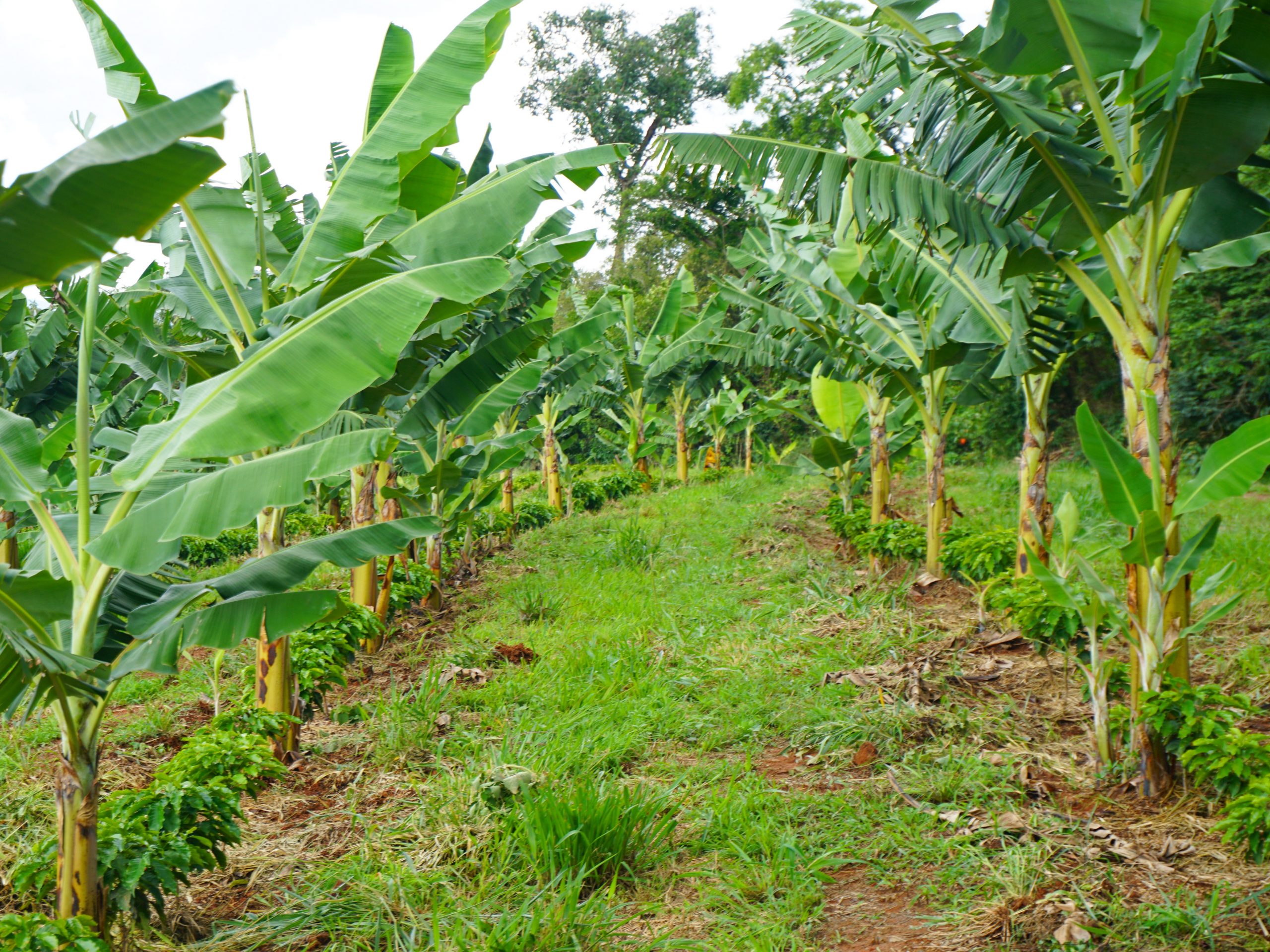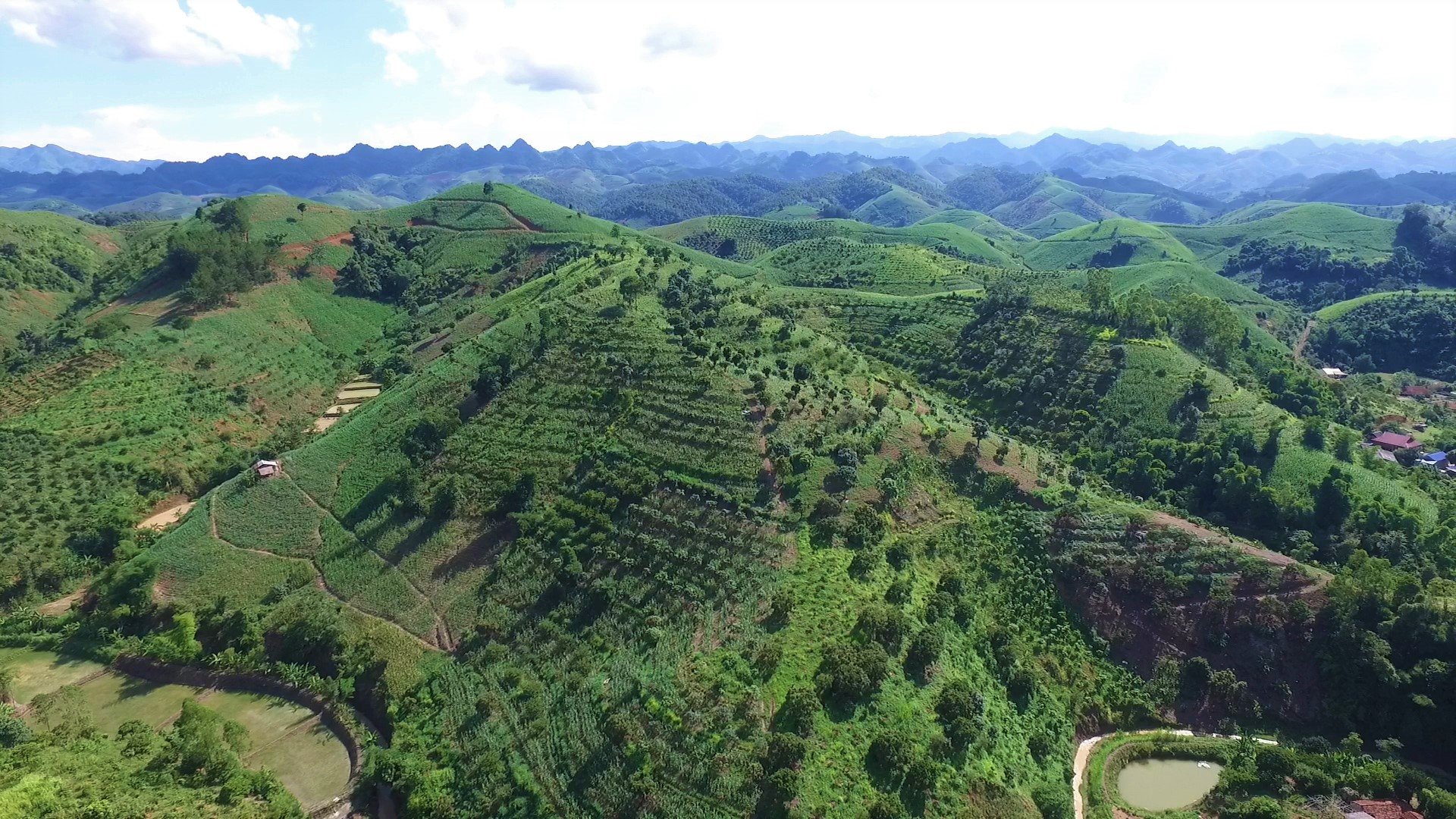Benefits of Agroforestry in Punjab Farming Systems
Agroforestry is a land management system that integrates trees and shrubs with crops and/or livestock. It has been practiced in Punjab for centuries, and is gaining popularity as a way to improve the sustainability and productivity of farming systems.

There are many benefits to agroforestry, including:

- Improved soil health: Trees and shrubs help to improve soil health by adding organic matter, reducing erosion, and increasing water infiltration.
- Increased crop yields: Agroforestry systems can help to increase crop yields by providing shade, shelter from the wind, and nutrients to crops.
- Improved livestock production: Trees and shrubs can provide shade, shelter, and food for livestock, which can lead to improved weight gain and milk production.
- Reduced input costs: Agroforestry systems can help to reduce input costs by providing farmers with a source of wood, fodder, and other products that they would otherwise need to purchase.
- Increased biodiversity: Agroforestry systems support a wide range of plant and animal life, which can help to improve the overall health of the ecosystem.
In Punjab, agroforestry is often practiced in conjunction with traditional farming systems. For example, farmers may plant trees along the edges of their fields to provide shade and shelter for crops, or they may plant trees in rows between crops to provide additional income and environmental benefits.
There are many different types of agroforestry systems that can be implemented in Punjab. The best system for a particular farm will depend on the climate, soil conditions, and farming practices of the farmer. However, all agroforestry systems offer a number of benefits that can improve the sustainability and productivity of farming systems.
Conclusion
Agroforestry is a valuable land management system that can provide a number of benefits to farmers in Punjab. By integrating trees and shrubs with crops and/or livestock, farmers can improve soil health, increase crop yields, improve livestock production, reduce input costs, and increase biodiversity. Agroforestry is a sustainable and productive way to farm that can help to improve the livelihood of farmers and the environment.## Benefits Of Agroforestry In Punjab Farming Systems
Executive Summary
Agroforestry is a land management system that integrates trees and shrubs with crops and/or livestock. It has been shown to provide numerous benefits for farmers, including increased crop yields, improved soil health, reduced erosion, and increased biodiversity. In Punjab, agroforestry has the potential to make a significant contribution to the sustainability of the farming systems.
Introduction
Punjab is one of the most important agricultural regions in India. The state is home to a large number of farmers who depend on agriculture for their livelihoods. However, the farming systems in Punjab are facing a number of challenges, including declining soil fertility, increasing water scarcity, and climate change. Agroforestry offers a potential solution to these challenges by providing a sustainable way to intensify agricultural production while also improving the environment.
FAQ
What is agroforestry?
Agroforestry is a land management system that integrates trees and shrubs with crops and/or livestock. It can be used to improve the productivity of agricultural land, while also providing environmental benefits.
What are the benefits of agroforestry?
Agroforestry can provide a number of benefits for farmers, including:
- Increased crop yields
- Improved soil health
- Reduced erosion
- Increased biodiversity
How can I implement agroforestry on my farm?
There are a number of ways to implement agroforestry on a farm. Some common practices include:
- Planting trees or shrubs in rows between crops
- Planting trees or shrubs in woodlots or windbreaks
- Integrating livestock into agroforestry systems
Subtopics
Climate Change Mitigation
Agroforestry can help to mitigate climate change by sequestering carbon dioxide from the atmosphere. Trees and shrubs absorb carbon dioxide through their leaves and store it in their trunks and roots. Agroforestry systems can also help to reduce greenhouse gas emissions by reducing the need for fossil fuels.
- Carbon sequestration: Trees and shrubs absorb carbon dioxide from the atmosphere and store it in their trunks and roots.
- Reduced greenhouse gas emissions: Agroforestry systems can help to reduce greenhouse gas emissions by reducing the need for fossil fuels.
- Increased resilience to climate change: Agroforestry systems can help to increase the resilience of agricultural systems to climate change by providing shade, shelter, and water.
Improved Water Quality
Agroforestry can help to improve water quality by reducing erosion and filtering pollutants. Trees and shrubs help to hold soil in place, which reduces erosion. They also help to filter pollutants from water, such as nitrogen and phosphorus.
- Reduced erosion: Trees and shrubs help to hold soil in place, which reduces erosion.
- Improved water infiltration: Agroforestry systems can help to improve water infiltration by increasing the organic matter content of the soil.
- Reduced water pollution: Trees and shrubs help to filter pollutants from water, such as nitrogen and phosphorus.
Biodiversity
Agroforestry systems can help to increase biodiversity by providing habitat for a variety of plants and animals. Trees and shrubs provide food and shelter for birds, insects, and other wildlife. Agroforestry systems can also help to create corridors for wildlife movement.
- Increased habitat: Trees and shrubs provide food and shelter for birds, insects, and other wildlife.
- Improved connectivity: Agroforestry systems can help to create corridors for wildlife movement.
- Increased species diversity: Agroforestry systems can help to increase the species diversity of a landscape.
Economic Benefits
Agroforestry can provide a number of economic benefits for farmers. Trees and shrubs can be harvested for timber, firewood, or other products. Agroforestry systems can also help to increase crop yields and reduce input costs.
- Increased income: Trees and shrubs can be harvested for timber, firewood, or other products.
- Improved crop yields: Agroforestry systems can help to increase crop yields by providing shade, shelter, and water.
- Reduced input costs: Agroforestry systems can help to reduce input costs by providing natural sources of fertilizer and pest control.
Social Benefits
Agroforestry can provide a number of social benefits for communities. Trees and shrubs can help to improve air quality, provide shade and shelter, and create a sense of community. Agroforestry systems can also help to improve access to food and other resources.
- Improved air quality: Trees and shrubs help to remove pollutants from the air.
- Increased access to food: Agroforestry systems can help to improve access to food by providing a source of fruits, vegetables, and other food products.
- Improved community cohesion: Agroforestry systems can help to create a sense of community by providing a shared space for people to gather.
Conclusion
Agroforestry offers a number of benefits for farmers, the environment, and communities. In Punjab, agroforestry has the potential to make a significant contribution to the sustainability of the farming systems. By adopting agroforestry practices, farmers can improve their livelihoods, protect the environment, and create a more sustainable future for Punjab.
Keyword Tags
- agroforestry
- Punjab
- farming systems
- environment
- sustainability